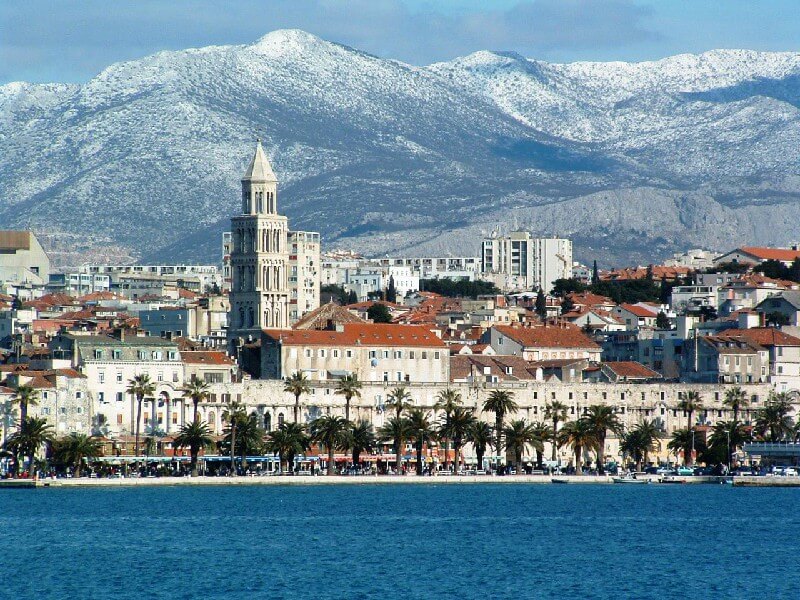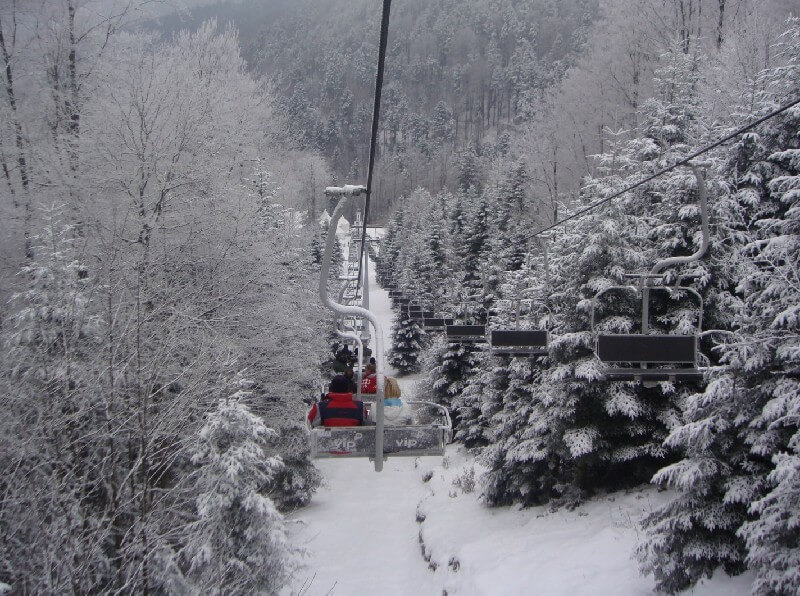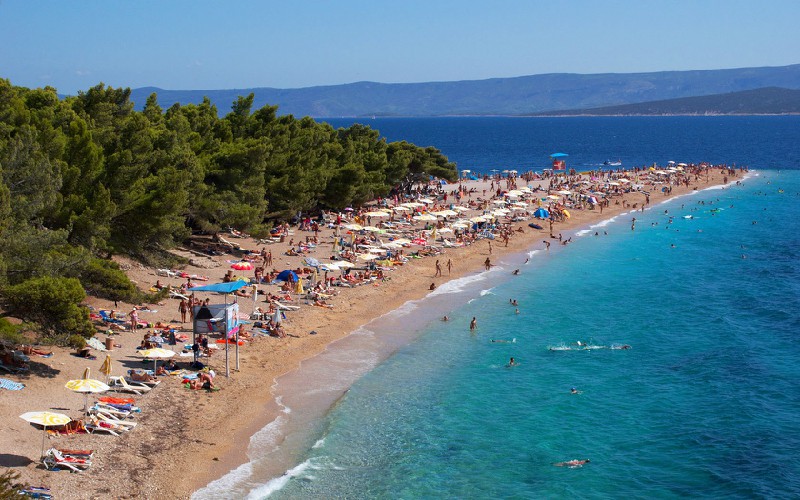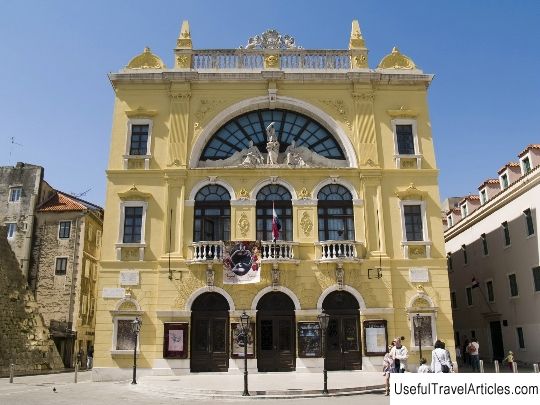Split. Recreation and entertainment
Rating: 8,7/10 (1490 votes) 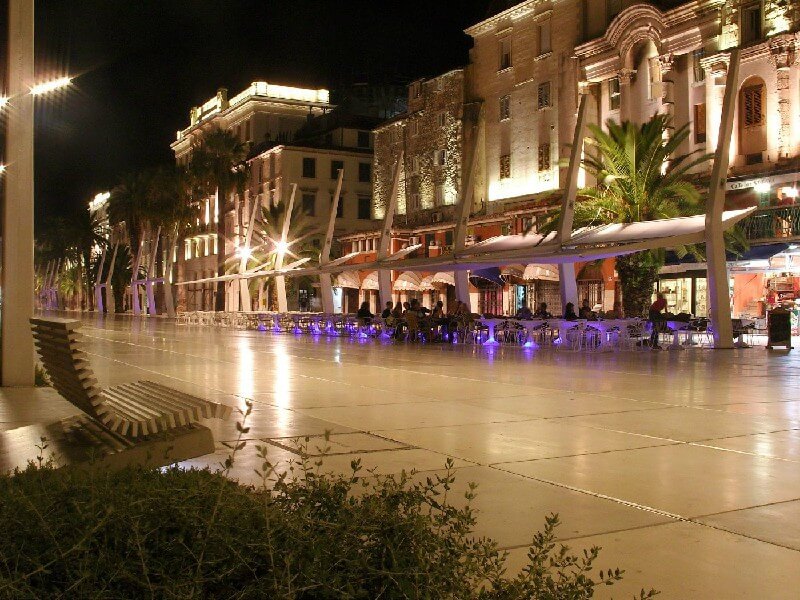 TourismThe city of Split is famous not only for its magnificent beaches, but also for its great opportunities for sports recreation. Here you can do anything - basketball, football, tennis, mountaineering, hunting, rowing, parachuting. Water sports are also very popular here - windsurfing, water skiing, sailing, spear fishing and diving. In the resort you can find various diving and wellness centers offering a wide range of spa treatments. Split's entertainment and cultural life is very rich and varied. During the summer, the city hosts a huge number of different festivals, such as"Split Summer", during which you can watch dramatic performances, as well as listen to opera and concerts. Classical music concerts are held every Saturday. Also in the city are very popular entertainment projects, such as Art-summer, flower fair, Ball of Split residents, Feast of St. Kriz, wine fair, Mediteran's Book, Days of Radunicia and much more. Many cafes , restaurants, bars and cafes, you can try the local cuisine, which is dominated by crayfish, molluscs, lobsters, fish and cephalopods. They also sell excellent local wines on tap.  AttractionsPalace of Emperor Diocletian. In the 3rd century AD, Emperor Diocletian decided to build on shore a huge fortress, in which he lived until his death. After 300 years, outside the walls of this palace, the inhabitants of Split fled from the attacks of the Slavs and Avars. At the moment, most of the palace has been destroyed. Only the Bronze and Iron Gates, the main entrance, the Church of St. Martin, the Golden Gate and the colonnade that surrounded the palace remained. In the northeastern part of the palace, there is the Papalich Palace, which was built in the 15th century. Papalichi (famous humanists) were the first to collect local antiquities. Thanks to them, the city museum was formed. Inside the palace there are: Cathedral of St. Duje (Domnia) - this cathedral with a high bell tower was built during the early Middle Ages, on the site where the mausoleum of Diocletian used to be. Bishop Douye was martyred in the city during the persecution of Christians. It is this saint who has since been considered the patron saint of Split. From the bell tower you can admire the beautiful views of the harbor and city. Peristyle - one of the internal buildings that have come down to our days since the time of Diocletian. It is a quadrangular hall, which is located in the open air and is surrounded by marble columns along the perimeter. During Roman times, it hosted various ceremonies, but now amateur choirs and street musicians often perform there. Vestibule is a huge circular hall with a dome. Once he led to the chambers of the emperor, which have not survived to this day. Cathedral of St. Domnius. During the construction of this cathedral, executed in the Byzantine style, used friezes, which depicted Diocletian, as well as Roman columns. In the 13th century, a six-sided pulpit was installed inside, and at the beginning of the 15th century, the altar of St. Stash was created by the hands of Juraj Dalmatin, decorated with relief images, including the scene"The Flagellation of Christ". The carved wooden gates of the cathedral depict 28 biblical scenes. In the Cathedral Museum you can see relics, historical manuscripts and breast crosses. Not far from the cathedral, there is a column of five tiers. It is one of the main attractions of the Dalmatian coast. Church of St. John the Baptist. In the ninth century, a small Roman temple located opposite the marriage palace was converted into a Christian church of John the Baptist. All the bishops of the city are buried here. The statue of John himself was created by Ivan Mestrovic. Archaeological Museum. The Archaeological Museum of Split is famous for finds from the ancient Salona and Diocletian's palace: various sarcophagi, ceramics, mosaics and decorations. It also houses a collection of relics from the early Christian era.  We also recommend reading Dubrovnik. Recreation and entertainment Topic: Split. Recreation and entertainment. |
